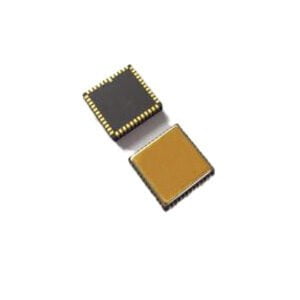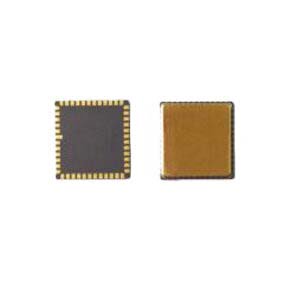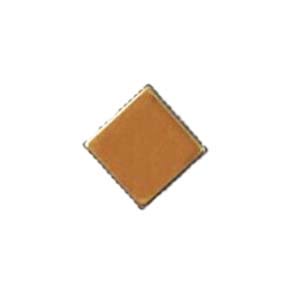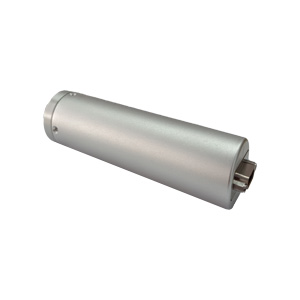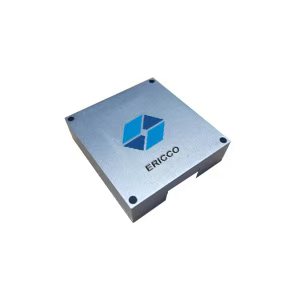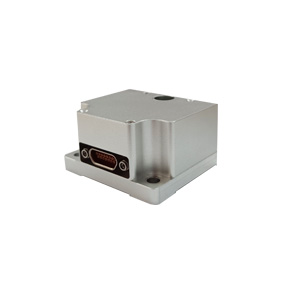Drones rely on gyroscopes, other sensors and systems to navigate in the air and maintain stable flight. Multiple sensors work together to enable drones to hover, accelerate and accurately change direction.
Three-axis gyroscopes measure angular velocity to determine the motion state of an object, also known as motion sensors. Drones need to rely on the gyroscope's angular velocity measurement capability to form a closed-loop control with the flight control system.
ER-3MG-043 is a three-axis gyroscope that collects real-time angular velocity data of the drone in three axes: pitch, roll and yaw.
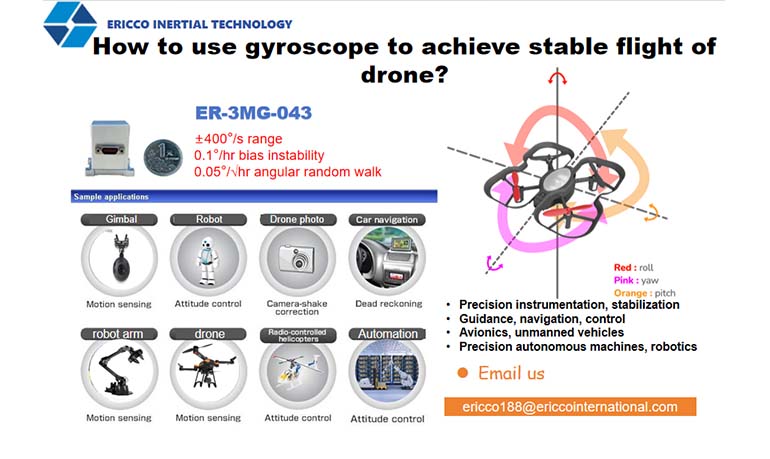
**Key parameter support**
Range: 400deg/s, covering the angular velocity range of the drone during high-speed steering or attitude adjustment;
Data update rate: 400Hz, ensuring fast response to dynamic movement;
Bias instability: 0.1deg/hr, reducing the cumulative error during long-term flight.
**Data collection and transmission**
The ER-3MG-043 gyroscope sends real-time data to the flight control system through the RS-422 interface (baud rate 921600bps). The data protocol includes the X/Y/Z axis angular velocity. The flight control system receives the angular velocity signal.
**Flight control system calculation and decision-making**
The flight control calculates the current attitude change of the drone based on the gyroscope data, and generates control instructions through algorithms:
If the drone is tilted due to wind interference, the gyroscope detects abnormal angular velocity, and the flight control adjusts the speed difference between the front and rear motors to restore the horizontal attitude.
The drone compresses the gyroscope, other sensors, compact high-torque motors, batteries and other hardware into one package, and the volume and weight of the gyroscope are very important.
ER-3MG-043 is extremely miniaturized, with a shell (80g) of only 40×40×42 mm, and an inner platform (40g) of 27×26×34 mm.
It supports OEM customized development, has sufficient internal space, and is highly expandable. It supports OEM customized development, has ample internal space, and is highly expandable. It can be equipped with other sensors (such as accelerometers, barometers, and magnetometers) to greatly save device space, making it suitable for volume-sensitive scenarios.
Application Techniques
1.Error Generation Mechanism of MEMS Gyroscope Under High Acceleration Condition
2.Bandwidth test method of MEMS gyroscope
3.Packaging of MEMS gyroscope: Structural Analysis of Deep Hole Packaging
4.Research on scale factor nonlinearity of MEMS gyroscope
5.Analysis of drive loop noise of MEMS gyroscope
6.Bias Temperature Compensation Analysis of MEMS Gyroscope


